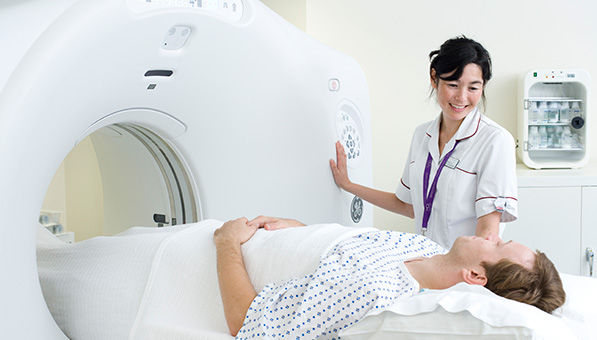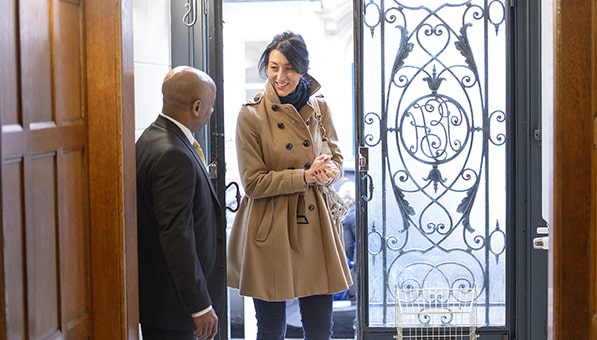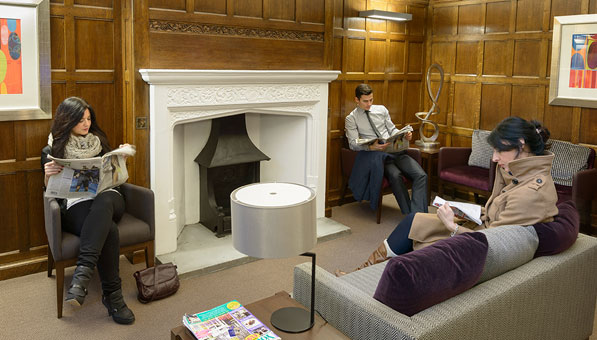Mole Removal in London
If you have a mole that has grown, changed colour or started to bleed or weep, your dermatologist may advise that it is removed and tested to find out if it is cancerous. This is routine and does not mean that you have skin cancer. Most moles, even ones that look abnormal, are benign and non-cancerous. You can also have a normal mole removed for cosmetic reasons. At The Devonshire Clinic, our team of consultant dermatologists have extensive experience in the safe and successful removal of moles. Book a consultation at our clinic in the Harley Street area of London.
At our dermatology clinic in London we can provide a thorough mole screening service and can offer mole removal for both medical and cosmetic reasons.
Removing a suspicious mole
Two methods can be used:
- Excision biopsy – the entire mole is removed with a scalpel together with a margin of tissue around it. An oval incision is made around the mole and underneath it and then the wound is closed with stitches. This type of mole removal does leave a scar, approximately twice the size of the original mole. The tissue that has been removed is examined under a microscope to check for cancerous cells and to check if all of the cancer has been removed.
- Shave excision – some moles that are raised above the surrounding skin can be removed by a shaving technique which does not involve the use of stitches.
Cosmetic mole removal
If you want a mole to be removed purely for cosmetic reasons, you will need to consult a private dermatologist. Such moles can be removed using one of the techniques described above. Any mole removed is always sent for further examination under the microscope by a Consultant Pathologist.
Is mole removal painful?
Whatever method is used, you will be given a local anaesthetic before the mole removal surgery to numb the area completely. Over-the-counter painkillers are usually all that you need to cope with any soreness of the next few days.
As with all forms of minor surgery, there is a small risk of infection. If the area around where the mole has been removed starts to feel sore and swollen, make an urgent appointment with your Dermatologist to have it checked as soon as possible.
Does mole removal leave a scar?
Mole removal can leave a scar behind, so it’s important to discuss this with your dermatologist before scheduling any type of cosmetic mole removal procedure. Any scars left behind are often much less noticeable than the mole itself, but this is dependent on how much skin had to be removed and what part of your body it was removed from.
Can moles come back after removal?
There is a very small chance that your mole might return or reappear after it’s been removed due to a few mole cells remaining in your skin. If your mole has reappeared, we will book you for further treatment. One treatment session is usually enough to remove moles completely.
Mole removal at The Devonshire Clinic
Our consultant dermatologists perform mole removal treatments for medical or cosmetic reasons and have access to world-class histopathology expertise to check for the presence of cancer in mole tissue that has been removed.
Enquire about
Mole Removal in London
Frequently Asked Questions Mole Removal
Yes, mole removal can leave scars, although these are usually less obvious than the mole itself. Using
a method such as shave excision means you won’t need stitches, so there may be less scarring.
Surgical excision means the cut is deeper with stitches, so there may be more scarring. The amount
of scarring you have depends on the mole’s location, the type of surgery, and your age.
Most moles are harmless and don’t need to be removed. But if a mole has changed colour, shape, or
size, or if it’s started to itch or bleed, your dermatologist may advise you to have it removed to check
for signs of cancer. And some people choose to have moles removed for cosmetic reasons.
Most moles are harmless, but in rare cases, they can develop into melanoma, which is a severe type
of skin cancer. Signs to watch for include a change of colour, shape, texture, itching, or oozing. Or
any changes to the mole, such as scaliness or lumpiness. Ask your doctor for advice if you’re
worried.
Moles are round or oval skin growths of around 5 millimetres, formed from clusters of pigment cells
or melanocytes. They are very common, with many people having at least ten, usually on the upper
body. Moles are generally brownish or pinkish in colour, with darker moles more likely if your skin is
also darker. Some people have moles from birth, but it’s more common for them to appear during
childhood and go on forming until middle age, after which they often fade.
If you have a mole removed using excision biopsy, shave excision or Mohs surgery, you’ll be offered
a local anaesthetic before the procedure, which numbs the whole area, so you won’t feel any pain.
The local anaesthetic might sting for a while when it first goes in. Afterwards, you may need over-
the-counter pain relief for a few days to manage any soreness.
Your recovery time depends on your age and the type of removal procedure you’ve had. Young
people tend to heal faster, but the larger the incision, the longer it will take. Take care of the wound
by following your dermatologist’s advice. In most cases, it will heal within a few weeks but it’s a
good idea to keep out of the sun, use a stronger sunscreen and wear clothes that cover the wound
where possible.
If your mole is being removed to check for cancer or for cosmetic reasons, it can be done in two ways:
Excision biopsy, where the mole is removed along with a margin of tissue around it and then closed
with stitches. The tissue that’s been removed is then checked under a microscope.
Shave excision is when a mole that is raised above the skin is removed by shaving off tiny layers. It
means you don’t need to have stitches.
In rare cases, where a few mole cells remain in the skin, a mole might reappear after removing it,
but one appointment is usually enough for complete mole removal.
Yes. Moles can be removed either because they may be cancerous or for cosmetic reasons.
However, any mole that’s removed is sent for examination to check there are no signs of cancer.
As with any procedure, there is a small risk of infection. If the area around the mole starts to get red,
swollen, and warm, contact your dermatologist to get it checked. You might need to have some
antibiotics to clear any infection. There is also a small risk of the mole returning if some cells are left
behind.
Read our
Patient Stories
I can’t recommend this clinic highly enough. The treatment I received for my skin cancer was first class
AL, LondonThe team at the Devonshire Clinic were excellent. From booking my appointments to every part of my treatment, I felt that I was in the very best hands.
CH, LondonBefore visiting the clinic I had quite high expectations, but I was blown away by just how brilliant the experience was. I felt like I was the only patient in the clinic. Simply the best medical treatment.
SF, London

